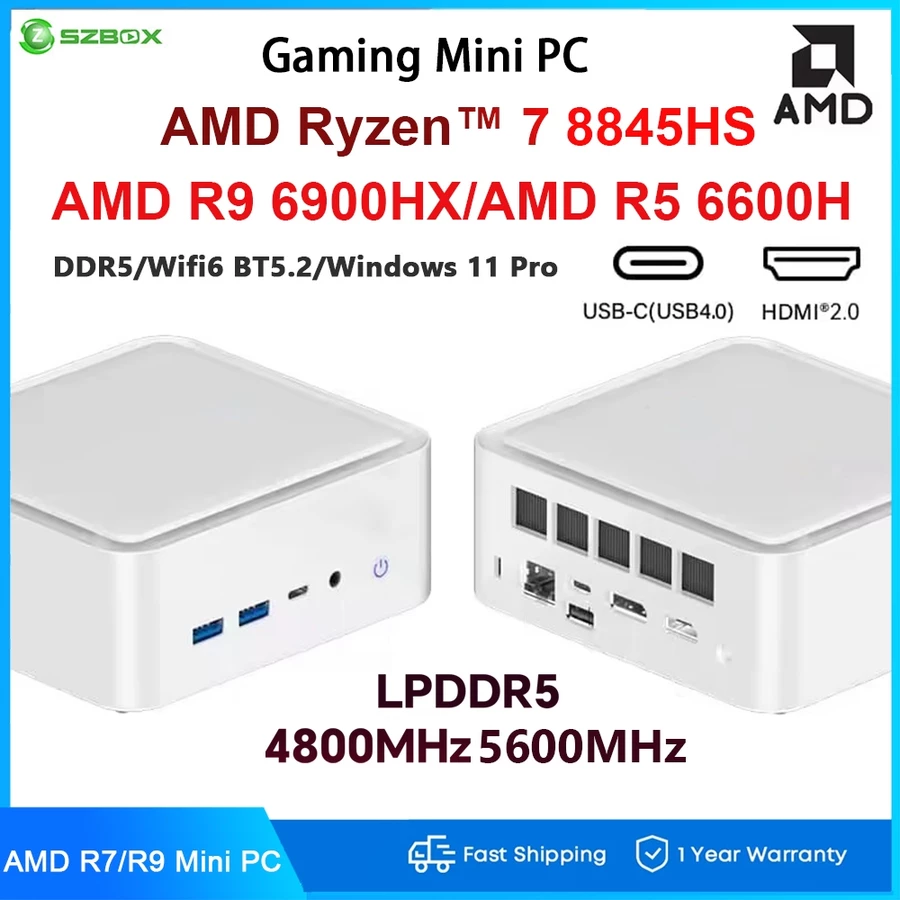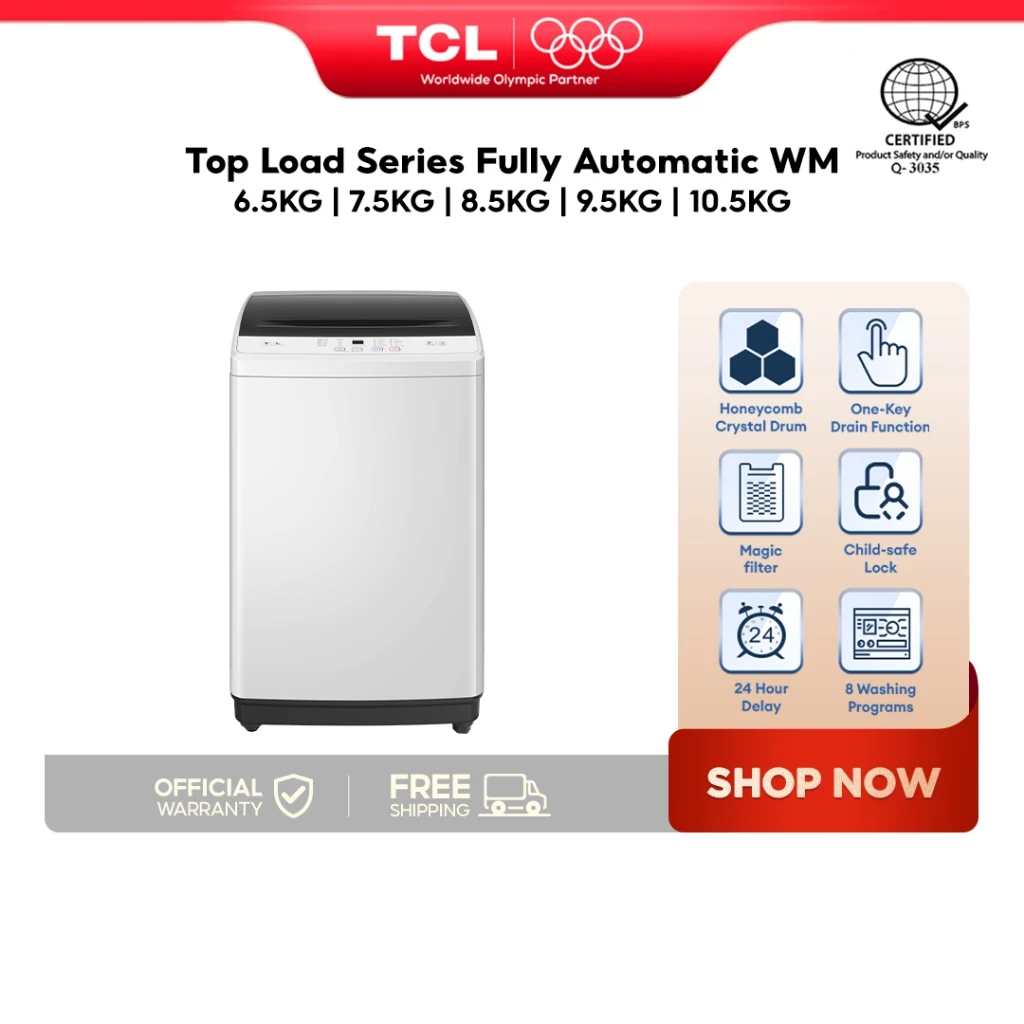How To Take Care Of Your Refrigerator, Step by Step Guide
Step 1: Cleaning Your Refrigerator
Regular cleaning is crucial for maintaining a healthy and efficient refrigerator.
Empty the Fridge
Start by unplugging the refrigerator or switching it off at the circuit breaker for safety.
Remove all food items, shelving, and drawers from the refrigerator and freezer compartments.
Check expiration dates and dispose of any expired or spoiled items.
Store food you plan to keep in a cooler to maintain its temperature.
Wipe Down Interior Surfaces
Using a mixture of warm water and mild dish soap, clean the interior surfaces, including shelves, drawers, and walls. Avoid using abrasive cleaners.
Pay close attention to any spills or stains and use a soft cloth or sponge to remove them.
Rinse with a clean, damp cloth, and dry with a towel.
Replace the shelving and drawers.
Clean the Door Seals
Wipe down the door seals (gaskets) with a damp cloth to remove dirt and debris.
Inspect the seals for signs of wear or damage. If they are damaged, consider replacing them to maintain an airtight seal.
Exterior Cleaning
Clean the exterior of the refrigerator with a damp cloth and mild detergent.
Pay attention to handles and control panels, where dirt and fingerprints tend to accumulate.
Don't forget to clean the top and sides of the fridge.
Ensure the refrigerator is completely dry before plugging it back in or turning on the power.
Cleaning the Condenser Coils
The condenser coils, usually located on the back or bottom of the fridge, are essential for cooling. Over time, they can accumulate dust and debris, reducing efficiency.
Disconnect the power supply to the fridge.
Use a vacuum cleaner with a brush attachment or a coil brush to gently remove the dust and dirt from the coils.
This should be done every 6 to 12 months, depending on your environment.
Step 2: Organizing Your Refrigerator
A well-organized refrigerator not only looks tidy but also helps keep your food fresh.
Store Food Properly
Use airtight containers for leftovers to prevent odors from spreading.
Use clear containers to easily identify the contents.
Keep dairy items and eggs in their designated compartments.
Maximize Space
Utilize refrigerator bins, drawers, and shelves for various types of items.
Avoid overloading the fridge, as this can impede airflow and reduce efficiency.
Allow space for air to circulate between items.
Label and Date Items
Label containers with the date of storage to keep track of freshness.
Use removable labels or masking tape to make it easy to update the date.
Step 3: Temperature Control
Proper temperature control is vital for food safety and energy efficiency.
Set the Right Temperature
The ideal temperature for the refrigerator is around 35-38°F (1-3°C).
The freezer should be set at 0°F (-18°C).
Step 4: Energy Efficiency
Efficient refrigeration not only saves you money but also reduces your environmental footprint.
Maintain Temperature Consistency
Avoid frequent and prolonged door openings.
Ensure the door seal is in good condition to maintain an airtight seal.
Do not block air vents inside the fridge; this can disrupt airflow and cause uneven cooling.
Allow Hot Food to Cool
Allow hot foods to cool to room temperature before placing them in the refrigerator.
Hot foods can raise the internal temperature, making the compressor work harder.
Regularly Defrost
If you have a manual defrost freezer, defrost it when the ice layer is around 1/4 inch thick.
An automatic defrost system in your freezer should function correctly without manual intervention.
Positioning
Place your refrigerator away from heat sources, such as ovens and direct sunlight.
Leave a small gap between the fridge and the wall for ventilation.
Keep the Coils Clean
Clean the condenser coils regularly, as mentioned in Step 1.
Step 5: Troubleshooting Common Problems
Address common refrigerator issues promptly to prevent further damage.
Refrigerator Not Cooling Properly
Check the temperature settings and adjust if necessary.
Ensure the door is sealing properly.
Clean the condenser coils.
If the issue persists, consult the user manual or contact a professional technician.
Leaking Water
Check for leaks in the water supply line if you have a water dispenser or ice maker.
Inspect the drain pan and drain line for clogs.
If leaks continue, consult the user manual or contact a technician.
Unusual Noises
Rattling or vibrating sounds may be due to the refrigerator not being level; adjust its level with the leveling feet.
Gurgling or hissing sounds are normal.
If you hear loud or unusual noises, it may indicate a problem with the compressor or other components, requiring professional attention.
Freezer Icing Up
Check and ensure the freezer door is sealing correctly.
Inspect the defrost timer, heater, and thermostat for malfunction.
Remove built-up ice to prevent further issues.
If icing continues, consult the user manual or contact a technician.
When to Call a Professional
If you're unable to resolve any issues with your refrigerator through the troubleshooting steps above, it's best to call a professional technician.
Step 6: Maintenance for Refrigerator Components
Regular maintenance ensures that all components of your refrigerator are functioning correctly.
Cleaning the Condenser Coils
As mentioned earlier, clean the condenser coils every 6 to 12 months.
Replacing Water Filters
Follow the manufacturer's recommendations for replacing water filters, usually every 6 months to a year, or as needed.
Replacing the Gasket or Door Seal
If the door seal is damaged or not sealing properly, replace it to maintain energy efficiency and food safety.
Step 7: Eco-Friendly Practices
Incorporate eco-friendly practices into your refrigerator care routine.
Reducing Food Waste
Use a "first in, first out" system to ensure older items are used before newer ones.
Regularly check and rotate food to prevent items from getting forgotten and spoiling.
Compost food scraps instead of throwing them in the trash.
Choosing Eco-Friendly Appliances
When it's time to replace your refrigerator, look for Energy Star-rated models that are energy-efficient.
Consider models with adjustable shelving and temperature zones for optimal storage.
Proper Disposal of Old Refrigerators
When disposing of your old refrigerator, ensure it is recycled or disposed of in an environmentally responsible manner.
Refrigerators may contain refrigerants that require proper handling, so consult local guidelines or recycling programs for guidance.
In conclusion, taking care of your refrigerator involves regular cleaning, proper organization, temperature control, energy-efficient practices, troubleshooting common issues, and maintaining critical components. By following these detailed steps, you can keep your refrigerator running efficiently, extend its lifespan, and reduce food waste while being environmentally responsible.




















0 comments